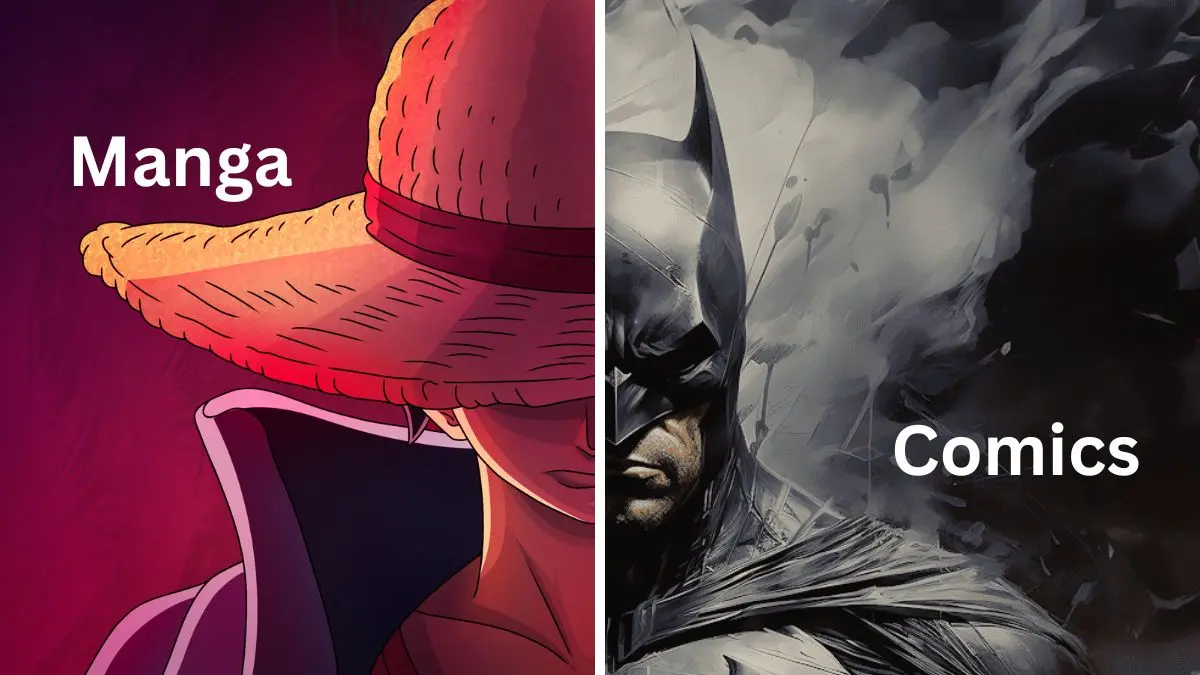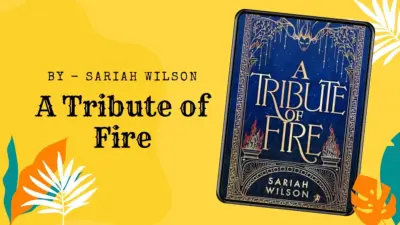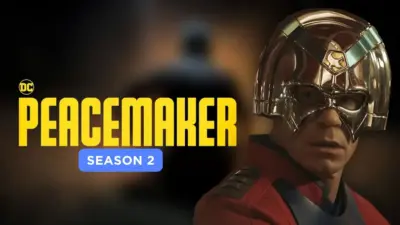When we think of comics, two major regions immediately come to mind: the vibrant world of Western comics and the intricate storytelling of Japanese manga. Over the past few decades, manga has steadily grown in popularity across the globe, transforming the landscape of comics in ways that have left an undeniable impact on the Western comic industry. In this article, we’ll explore how manga has influenced Western comics, bringing with it a unique storytelling style, distinct artistic techniques, and a fresh approach to character development. If you’re curious about this cross-cultural exchange, let’s dive in and explore the fascinating ways Japanese Manga has impacted Western comics.
The Impact of Japanese Manga on Western Comics
Visual Storytelling: A Fresh Perspective
One of the most obvious influences of manga on Western comics is in the approach to visual storytelling. Manga often emphasizes cinematic techniques such as close-up shots, dynamic angles, and exaggerated expressions that bring emotions to life on the page. These techniques were rare in Western comics, which traditionally followed a more straightforward, static style.
As Western audiences grew more familiar with manga’s distinct style, Western comics began to adopt these visually engaging techniques. Now, it’s common to see close-ups of characters’ faces in intense moments or sweeping panels that evoke a sense of motion. Artists in the West have realized how effective these tools are in drawing readers into the story, making the experience more immersive.
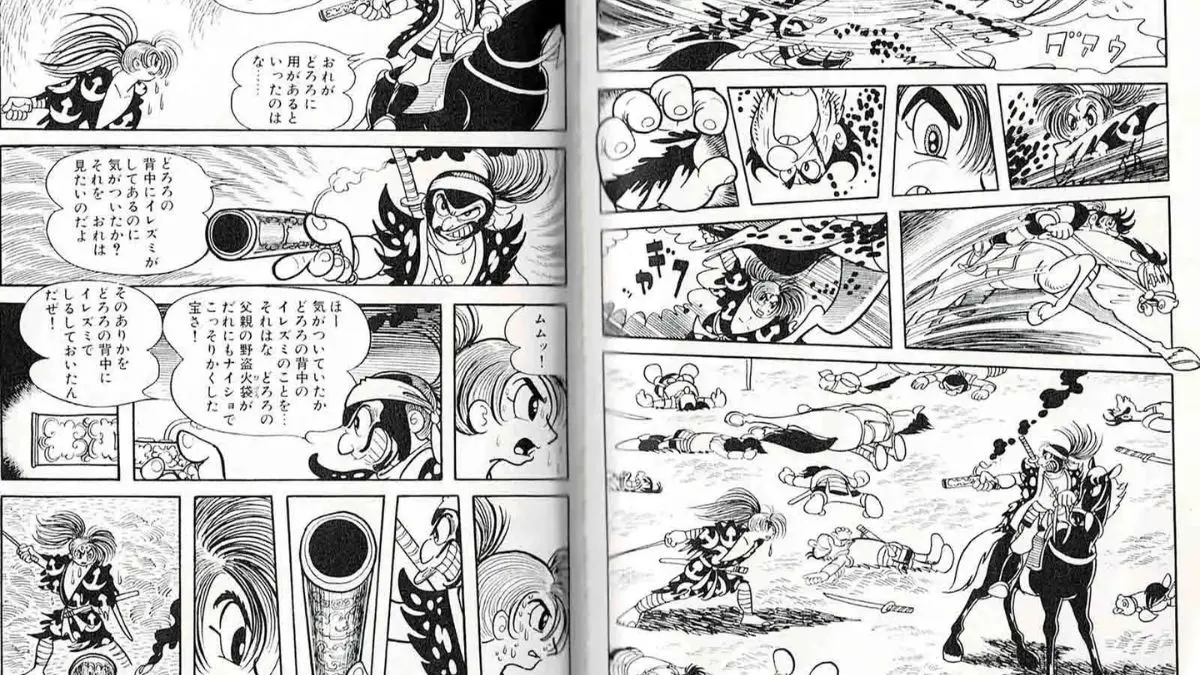
Breaking Down Genres and Storytelling Conventions
Manga is famous for its vast range of genres, catering to all age groups and interests. From slice-of-life and horror to romance and fantasy, manga offers something for everyone, a refreshing departure from the traditional superhero-focused Western comics. Western comics, for years, had a narrower focus primarily on superhero stories. While there were exceptions, superheroes dominated the landscape.
With manga’s influence, however, we’re seeing Western comics branch out, exploring stories beyond the realm of capes and masks. Graphic novels and indie comics in particular have embraced this change, producing stories about everyday life, personal struggles, and complex relationships—genres that manga has long championed. This diversity has allowed Western comics to reach new audiences who may not have been interested in superheroes but are drawn to other genres.
Character Complexity and Development
Manga’s approach to character development is often more gradual and emotionally driven. Characters are allowed to grow and change over time, making them feel more relatable and human. The “hero’s journey” in manga is often a deeply personal one, with significant emphasis on introspection and internal conflict. In contrast, Western comics have often portrayed superheroes as larger-than-life figures with defined, somewhat rigid traits.
However, with manga’s influence, Western comic creators have started paying more attention to nuanced character development. Modern Western comics now explore the vulnerabilities and inner conflicts of characters, blurring the lines between hero and anti-hero, and providing readers with more complex portrayals of their favorite characters.
Panel Layout and Artistic Expression
Another notable impact is on the way panel layouts are designed. Manga often breaks away from traditional panel structures, giving artists more freedom to create unique and captivating spreads. Manga artists utilize panel composition as a storytelling tool, with panels often flowing into one another to create a sense of movement and rhythm that matches the story’s pacing.
In Western comics, where panels were once primarily boxy and uniform, we’re now seeing an increase in experimental layouts. Many Western comic artists have embraced manga’s fluid style, using unconventional panel shapes and layouts to enhance the mood and energy of the story. This change has opened new avenues for creativity, allowing Western comics to break free from rigid templates and add an extra layer of depth to the visual narrative.
Increased Popularity of Black-and-White Comics
Manga is predominantly black and white, allowing for a focus on detailed line work, shading, and contrast. For Western comics, which traditionally embraced color, this minimalist approach has sparked a trend. Black-and-white comics are now more accepted and appreciated in the West, particularly in the indie scene.
The popularity of manga’s black-and-white aesthetic has shown Western readers that color isn’t always necessary to convey depth or emotion. Some creators have started to experiment with grayscale, hatching, and inking techniques similar to those seen in manga. The simplicity of black and white can give a story a more serious or intimate tone, and its rising acceptance is partly thanks to manga’s influence.
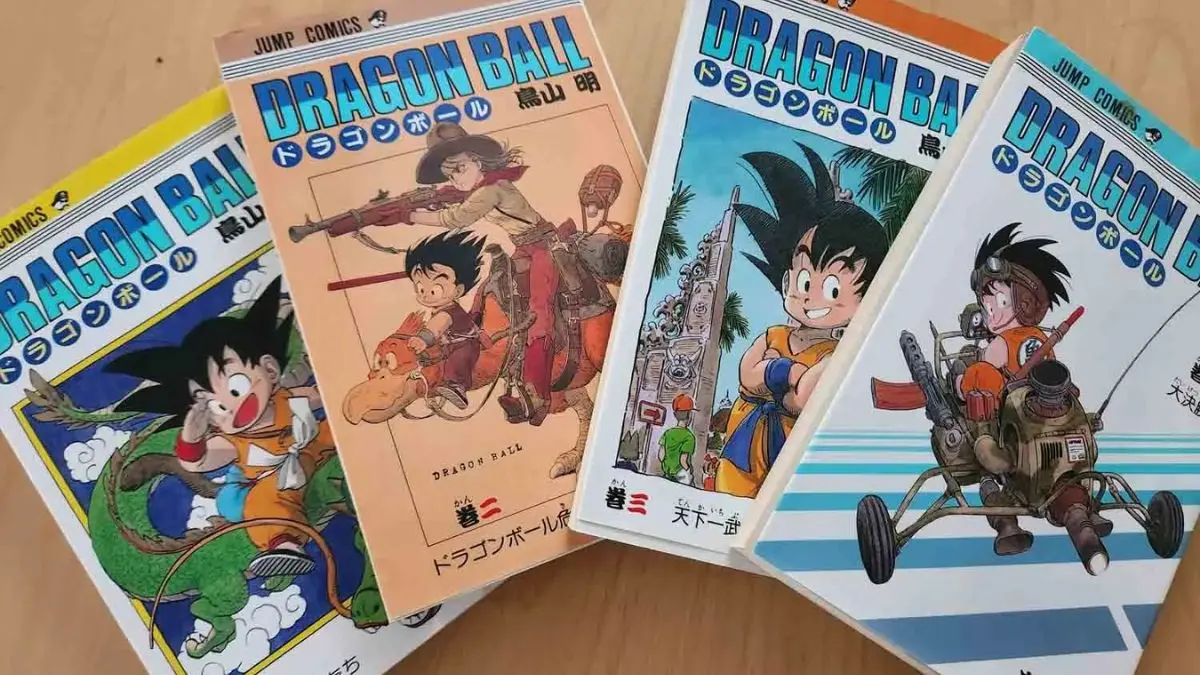
Episodic Storytelling and Serialization
Manga is often serialized, with weekly or monthly chapters that advance the storyline gradually, often leading to long-running series. This serialization allows for deeper character development and plot exploration, something that was once relatively rare in Western comics, where stories were usually self-contained within a single issue or a limited series.
With the popularity of manga’s serialized approach, Western comics have begun to embrace longer story arcs that span multiple issues or even years. This episodic storytelling allows readers to become more invested in characters and plots, creating a more immersive experience. Today, many Western series have adopted the format of serialized stories that are published over extended periods, mirroring the structure of manga.
Audience Expansion and Diverse Readership
One of manga’s biggest impacts on Western comics has been its ability to draw in diverse readers. Manga appeals to all age groups, genders, and interests, offering stories that go beyond traditional action-oriented plots. The Western comic industry has seen the potential in this diversity and has started producing content that appeals to a broader audience.
This shift has led to comics becoming more accessible and relatable to various groups. We’re now seeing more stories that center on LGBTQ+ themes, cultural diversity, and personal identity. Manga’s success in reaching these audiences has shown Western publishers that there’s a demand for stories that reflect real-life diversity.
Independent and Creator-Driven Content
In Japan, manga artists (or “mangaka”) often have a significant degree of creative control over their stories, which allows them to experiment and take risks. Western comics were once dominated by large publishing companies like Marvel and DC, where the creators had less autonomy. However, the influence of manga’s creator-driven model has helped fuel the rise of indie comics in the West, where artists and writers are free to explore unique ideas without the constraints of a corporate agenda.
This creative freedom has brought a refreshing wave of originality to Western comics. Indie creators, inspired by the freedom and storytelling diversity found in manga, have started producing work that pushes boundaries and explores unconventional themes. This shift has broadened the range of Western comics, giving readers access to a more diverse array of stories and perspectives.
Digital Platforms and Webcomics
The digital revolution has been a game-changer for manga, with webcomics and online platforms allowing creators to reach audiences worldwide. Manga has popularized webcomics, with many manga creators publishing online first before moving to print. Western creators have adopted this model, leading to the rise of webcomics and digital-first comics in the West.
This digital accessibility has opened the doors for a new generation of Western comic creators who may not have had the resources to go through traditional publishing routes. It has also allowed manga to reach Western audiences in real time, creating a global comics community where fans can access new stories with just a click.
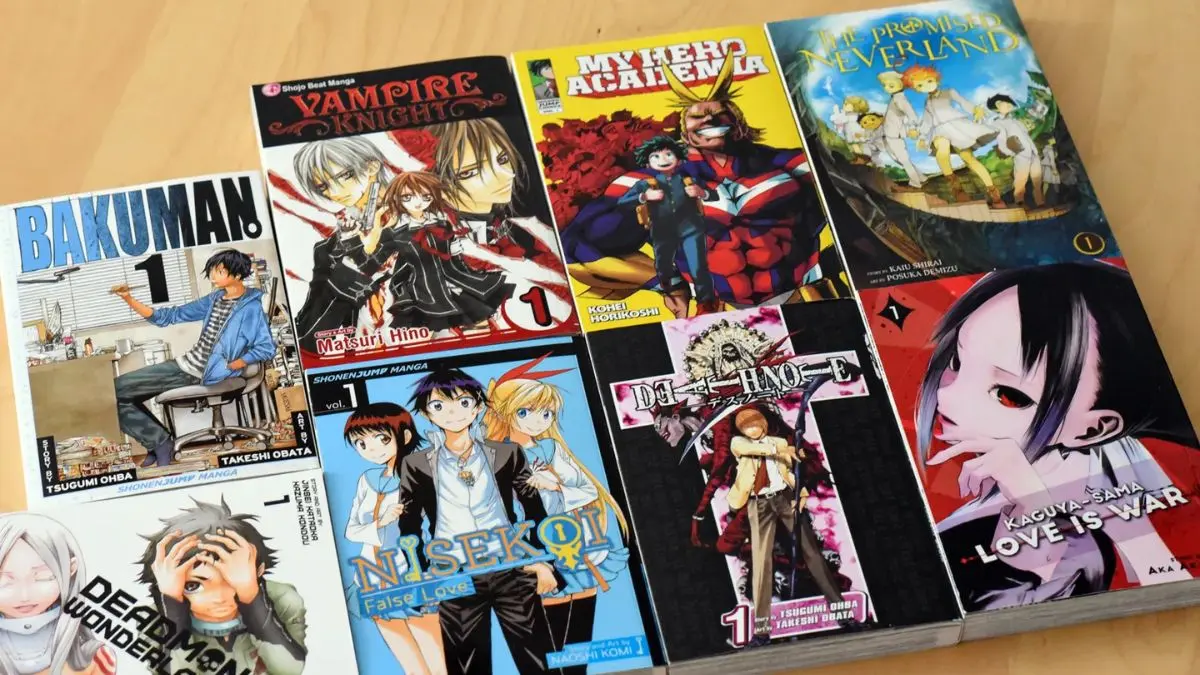
Impact on Animation and Live-Action Adaptations
Manga’s influence on Western comics has also extended into animation and live-action adaptations. The anime boom in the West, with popular titles like Dragon Ball, Naruto, and Attack on Titan, has inspired Western comic properties to explore their animated potential. As a result, studios have become more open to animated adaptations of Western comic stories, seeing the success manga has had in transitioning to anime.
This trend has led to a renaissance in Western animation and live-action adaptations based on comics, with many embracing a more stylized, manga-inspired approach. Shows like Castlevania and Invincible reflect this shift, offering stories with darker, more complex themes that appeal to an older audience, much like many manga adaptations.
Conclusion: A Fusion of Artistic Worlds
The impact of Japanese manga on Western comics is more than just a passing influence—it has become a significant part of the creative DNA that defines modern comics. By bringing in new techniques, expanding storytelling genres, and reaching broader audiences, manga has reshaped how Western comics are created and consumed. Today, the lines between manga and Western comics are beautifully blurred, creating a unique fusion of cultures that has enriched the art form on both sides of the globe.
Also Read: Exploring the Leopard Fruit: Strengths, Weaknesses, and Impact in One Piece
